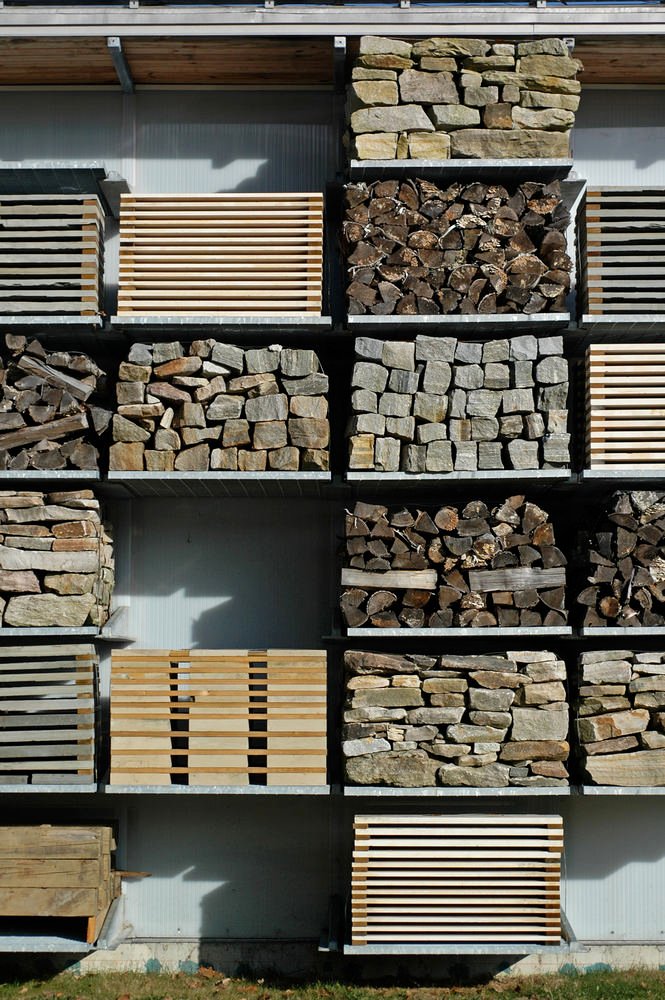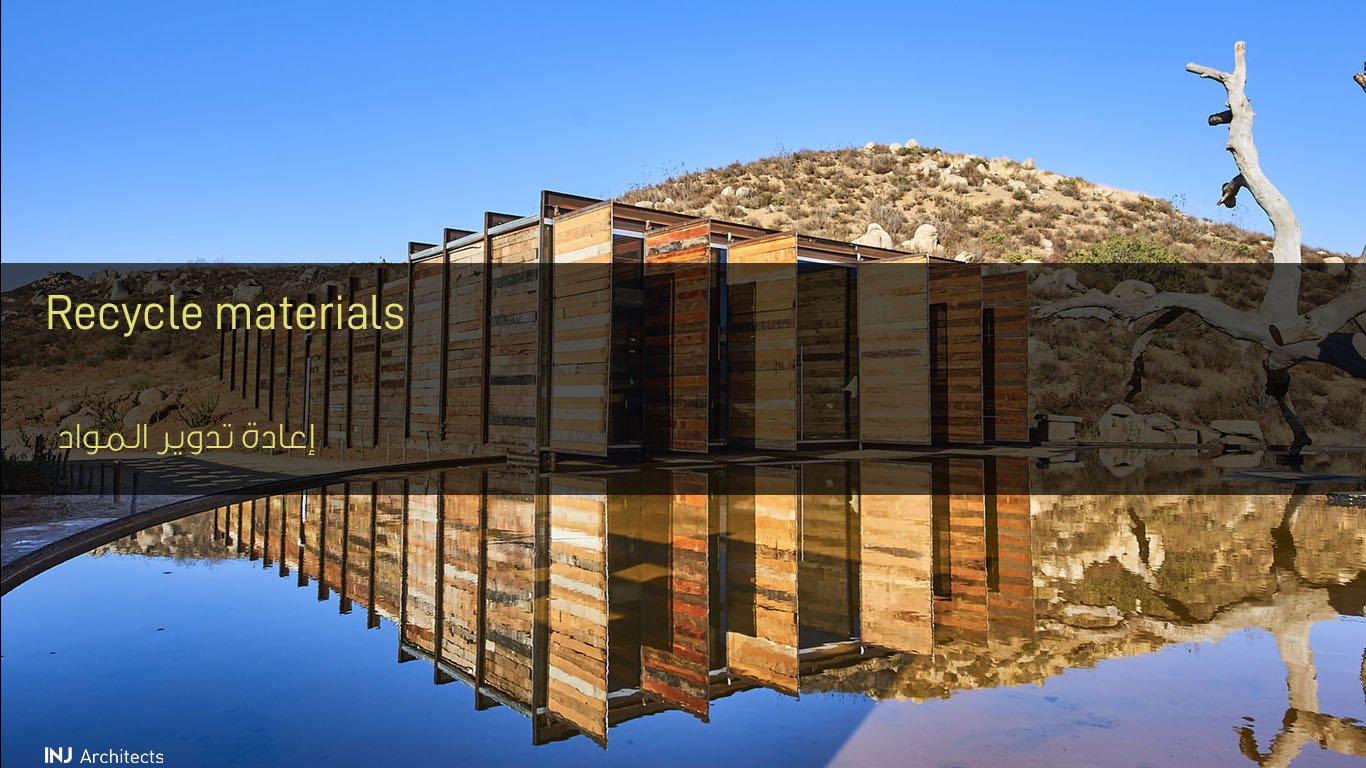Recycle materials
Recycle materials
Eduardo Souza wrote his article on recycling materials, which raw materials and materials are easy to recycle, and how we can benefit from them after recycling. This came with the attention of the modern world to more sustainable architecture and environmental conservation.
Of course, building, building and construction workshops account for 75% of the Earth’s natural resource consumption. Stone, sand, iron, and many limited resources are extracted in vast quantities to supply the markets and the consumer’s need. In addition, construction sites themselves generate massive amounts of waste, whether through construction, demolition, or remodeling.
In Brazil, for example, construction waste can account for between 50% and 70% of the total solid waste mass. Often this waste ends up in landfills and landfills instead of disposing properly, as municipal sewage systems flood the municipalities and establish sites for informal waste disposal.

However, if more caution is taken, these wastes may have huge potential for reuse. If appropriate procedures are given and properly addressed, recycled materials can replace those extracted from deposits to form new building components, maintaining generally comparable quality with conventional materials.
Recycling is the process of reusing waste material to re-enter a production cycle again. This process reduces the consumption of raw materials and reduces the total volume of waste, and can create jobs for thousands of people.
Construction waste can be broadly classified into two main categories. The first includes concrete, ceramic, stone, and mortar, which account for most building waste while the other category relates to wood, metal, glass, plastic, plaster and more.
Recycle materials
Here are the most common materials for recycling and what uses you can mostly use:
Steel:
Steel can be made from a mixture of iron ore and coal, which is heated in a melting furnace, or by recycling of scrap, which is manufactured in an electric furnace. Steel recycling dates back to the Roman Empire, when soldiers gathered war tools left in the trenches to produce new weapons.
Indeed, steel can be infinitely transformed into new beings without losing quality. When recycled, electricity consumption is reduced by 80% which reduces the environmental impact and completely eliminates the extraction of raw materials.
Reinforcement steel for reinforced concrete, wires and some metal profiles are usually made of scrap metal.
Concrete:
Concrete recycling allows the reuse of construction waste and reduces construction costs. In solid concrete recycling, a special crusher is used and produces what is known as “recycled aggregate”.
Until recently, recycled concrete was only used as a basement. But tests show that concrete aggregate can create structural elements from 30 to 40 MPa with the right techniques. More importantly, the recycled totals are anywhere from 10 to 15% lighter per unit volume of virgin concrete, which requires less weight per cubic meter and therefore lower costs for materials, transport and the project as a whole.
The wood:
The use of “reclaimed wood” has become very popular. Hardwoods can last hundreds of years, if kept properly. It can be used in large structural parts or slats to make other artifacts like boxes, pallets or supports for multiple purposes. But cheaper wood can be recycled, especially as a raw material for wood-based panels. Today the most common use of recycled wood occurs with the complete milling of wood and the manufacture of MDF panels for the production of woodworking.

Plaster:
Building plaster recycling is possible, but if improperly disposed of, it can emit highly toxic flammable hydrogen sulfide, polluting the soil and groundwater. However, if properly handled, recycled plaster retains the same physical and mechanical properties as conventional plaster at a relatively low cost.
EPS:
Expanded polystyrene, or EPS, is a material that can also be recycled. EPS becomes raw material for making new plastic products when crushed and pressed. It can be used for finishes or even paints.
The glass:
Although bottle and container are largely recycled, window glass recycling faces a series of additional complications. Due to its different chemical composition and melting temperature, it cannot be recycled along with other glass objects, including other types of window glass itself. However, window glass can be thawed and recycled in fiberglass, to be incorporated into asphalt or even incorporated into yellow and white reflective paints.
Broken glass and concrete can be combined to create granite floors and a table as well.

Zinc, aluminum, packaging and fabrics:
These additives may also contain options for reuse and recycling. Of course, there are also materials like asbestos, latex paint, chemical solvents, adhesives and leaded paint that need to be carefully treated to reduce their environmental impact.
As concerns grow about transforming the built environment to become more sustainable, thinking about the life cycle of the entire material becomes vital. In addition to reducing opportunities for dumping in secret locations and helping relieve pressure on landfills, recycling can lower costs for both the environment and the consumer. In addition, it reduces the demand for new natural resources, reduces production and transportation costs and eliminates the need to send waste to landfills.







